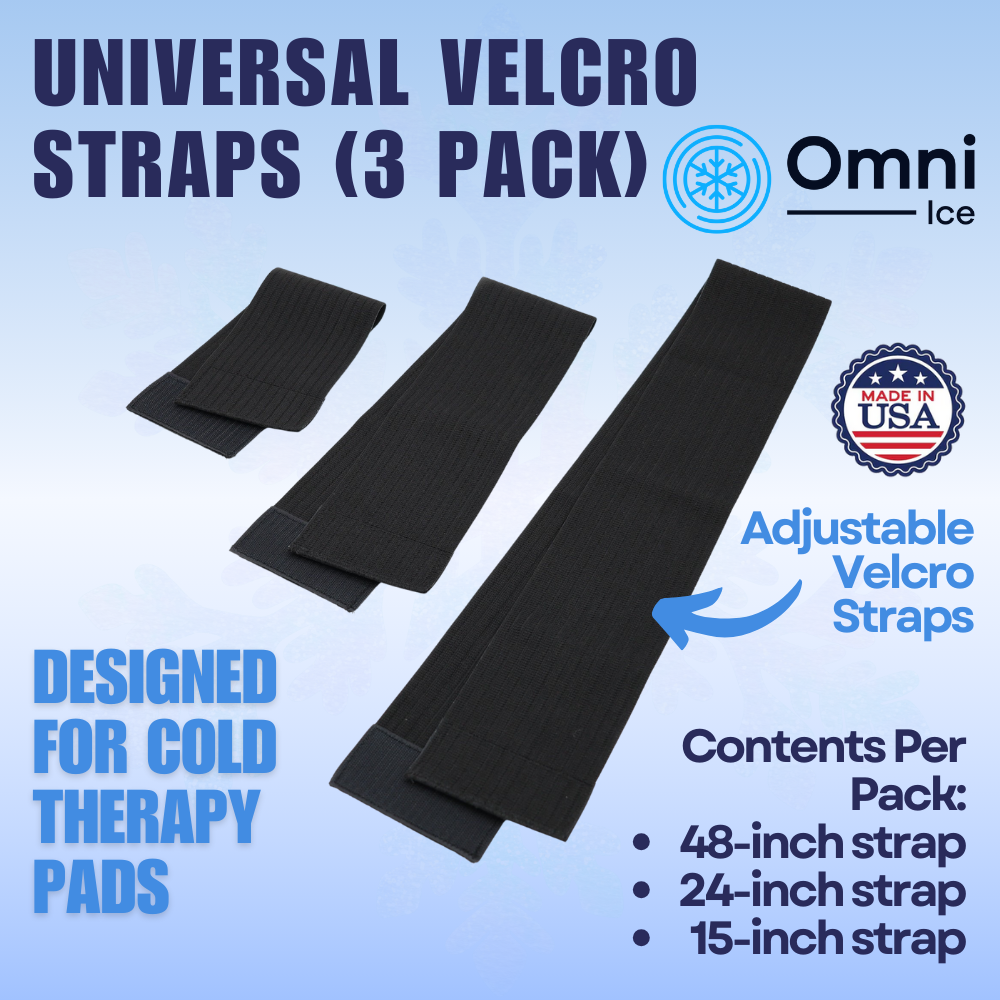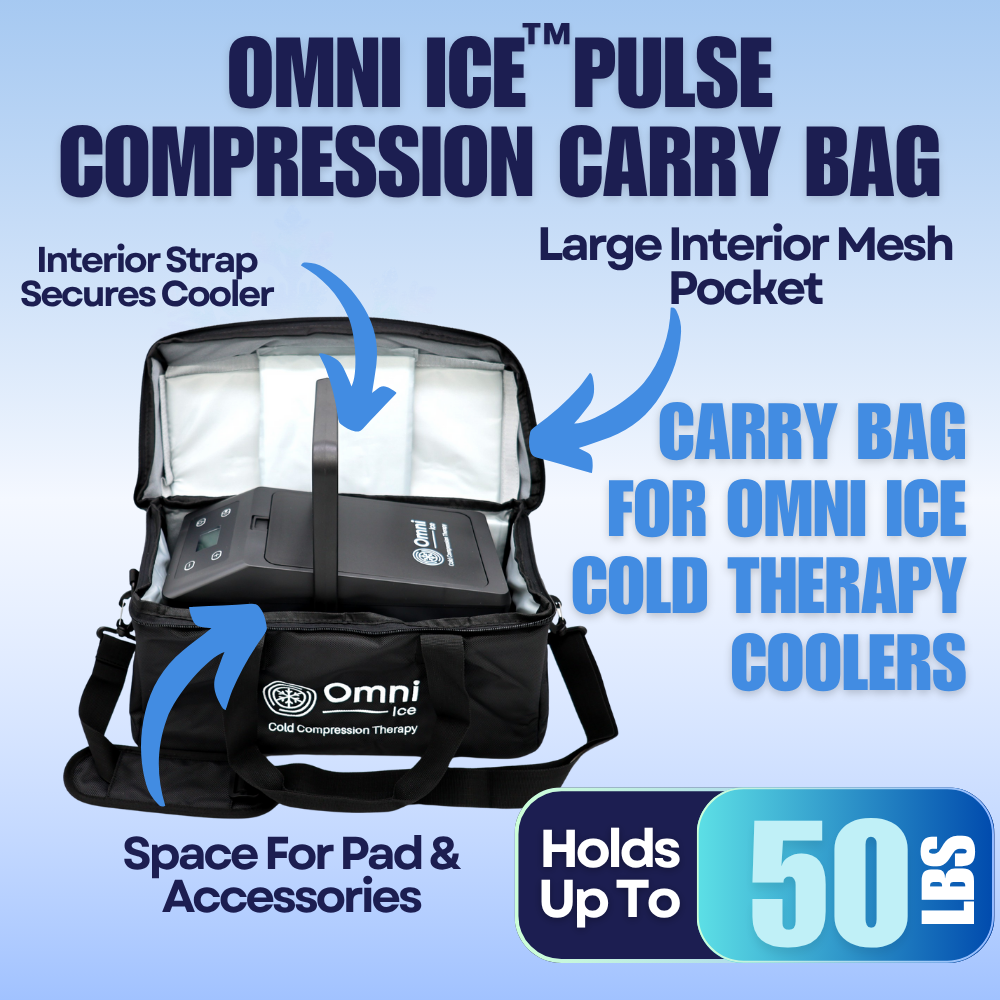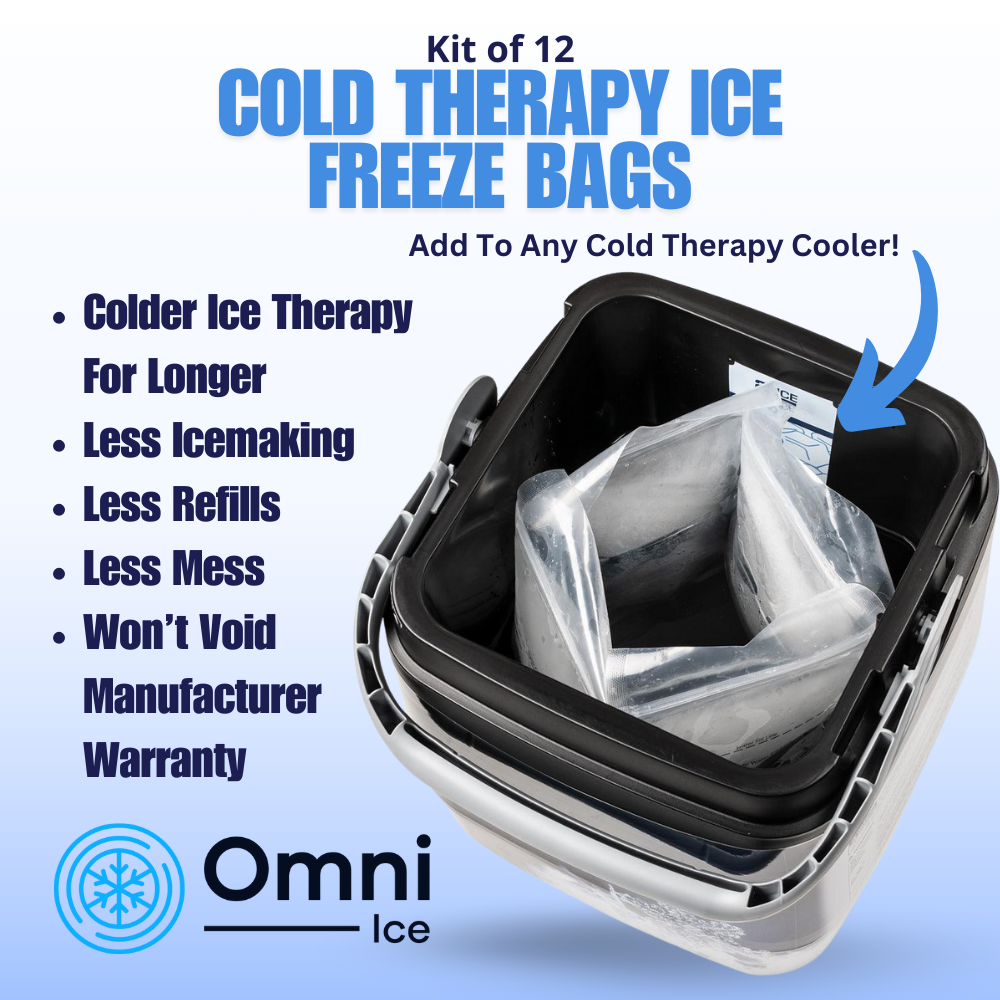Protecting Your Skin When Doing Cold Therapy
The affected area will experience redness, heat, pain, and swelling when you get injured. These are the effects of the increased blood flow and white blood cells in the area. The compression of nerves and increased release of chemicals in the injured area leads to pain.
Thankfully, cold therapy can quickly reduce these effects and promote faster healing if you know how to apply the cold correctly. You must protect your skin when using cold to the injured area, and this article will teach you about protecting your skin when doing cold therapy.
What’s Cold Therapy?

Also known as cryotherapy, cold therapy is the application of cold temperature to an injury or the entire body for healing purposes. Cold therapy is known to have a massive impact on the healing process. Athletes typically use it to relieve muscle pain, swelling, and sprains after injury or surgery. For decades, professional athletes have used cold therapy to speed up recovery after matches.
Before the current cold therapy machines, which use cold gases, were invented, people placed a pack of ice on the injured area for a few minutes. But the two options deliver the same result: to lower the damaged tissue's temperature to prevent the death of hypoxic cells, accumulation of edema, and muscle spasms. This reduces discomfort and inflammation, allowing the injured tissue to heal faster.
How to Protect Your Skin When Doing Cold Therapy
Whether using a pack of ice, an ice bath, or a cold chamber, you must ensure that your skin doesn’t catch frostbite. Unfortunately, the excruciating pain you experience after sustaining an injury may force you to apply the cold temperature directly to your skin to get the fastest relief. But this is a risky idea because you might end up damaging your skin even more.
For instance, your skin might become sensitive and allergic to cool temperatures. You might also end up freezing your skin and the underlying tissues, and this will cause a prickling feeling, numbness, and inflammation. To avoid this, you need to follow these steps:
- Limit each therapy session to 15 minutes, and then wait for one or two hours before you reapply.
- If you are using an ice pack, wrap the injured area with a towel or a piece of cloth to prevent the ice from coming into direct contact with your skin.
- Stop applying the cold therapy immediately when your skin turns red or blotchy.
Lastly, you should see a doctor if your skin becomes blotchy or reddish or if you notice signs of frostbite.









